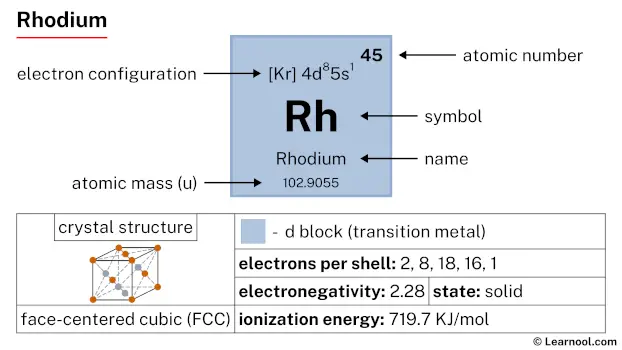
Rhodium (Rh) is a chemical element of the periodic table, located in the group 9 and the period 5, and is having the atomic number 45. It is a rare, lustrous, silvery-white transition metal, whose name comes from the Greek word “rhodon”, which means rose colored.
On periodic table
| group | ⇨ | 1 | 2 | 3 | 4 | 5 | 6 | 7 | 8 | 9 | 10 | 11 | 12 | 13 | 14 | 15 | 16 | 17 | 18 |
| period | ⇩ | ||||||||||||||||||
| 1 | 1 H 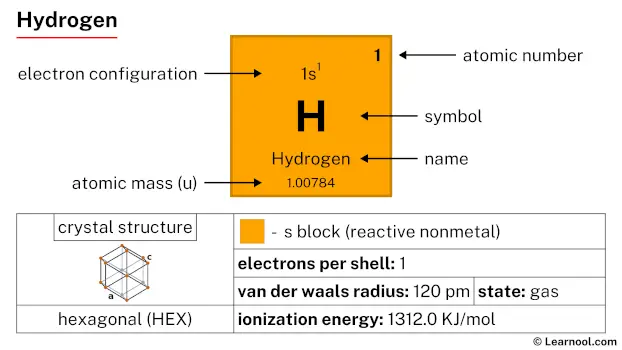 Hydrogen |
2 He  Helium |
|||||||||||||||||
| 2 | 3 Li  Lithium |
4 Be 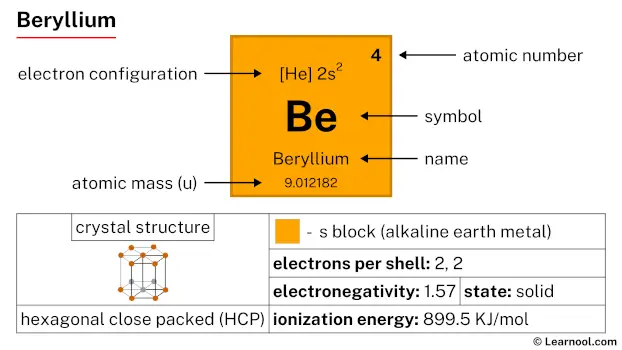 Beryllium |
5 B 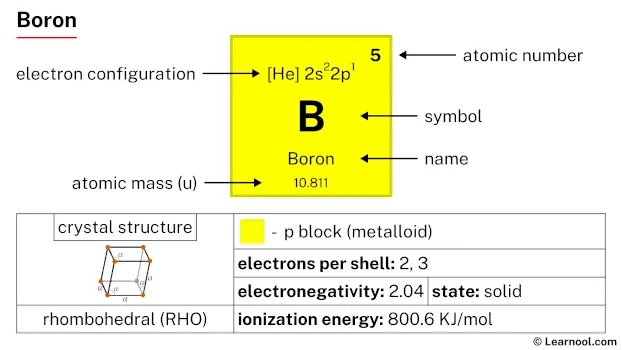 Boron |
6 C  Carbon |
7 N 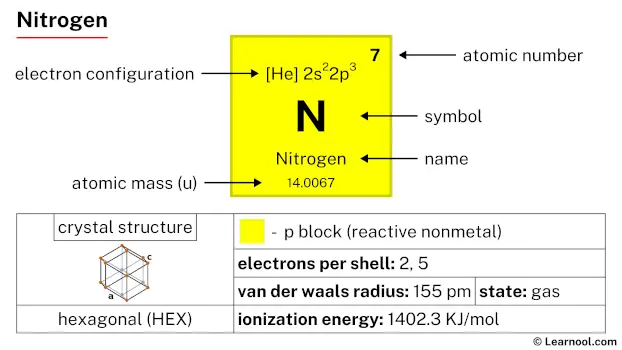 Nitrogen |
8 O 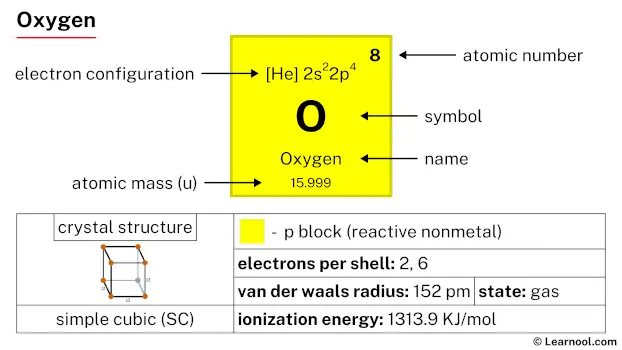 Oxygen |
9 F 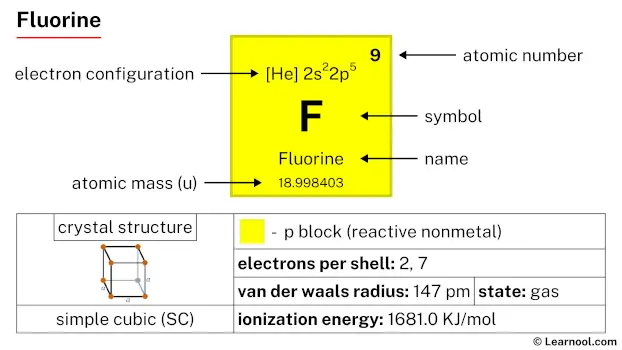 Fluorine |
10 Ne 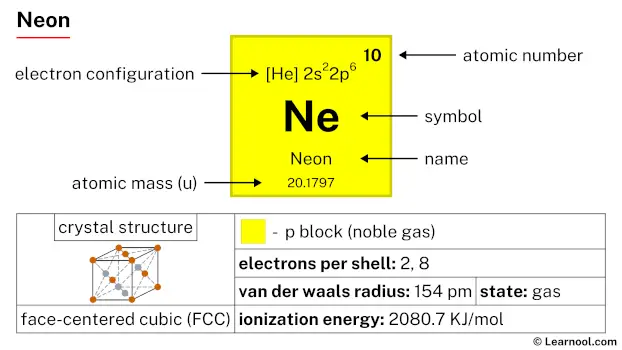 Neon |
|||||||||||
| 3 | 11 Na 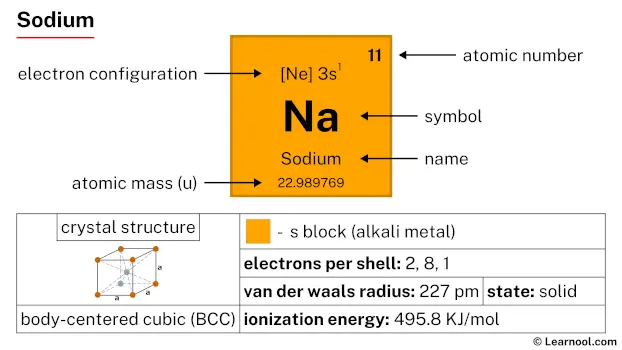 Sodium |
12 Mg 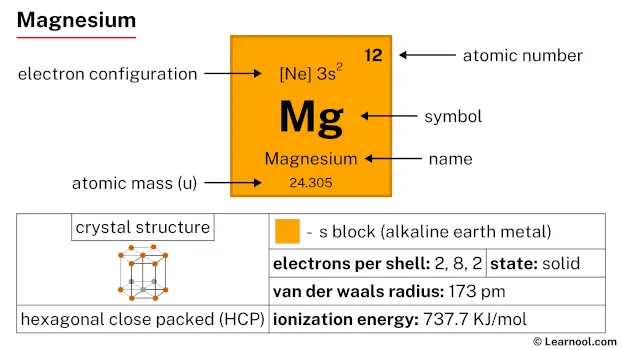 Magnesium |
13 Al  Aluminium |
14 Si Silicon |
15 P 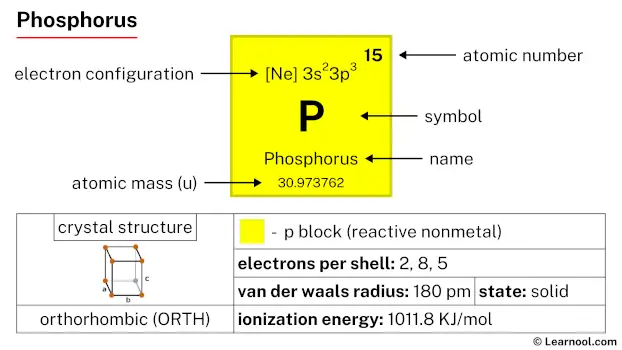 Phosphorus |
16 S 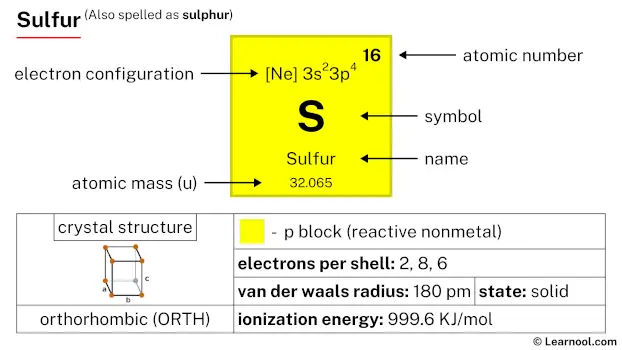 Sulfur |
17 Cl 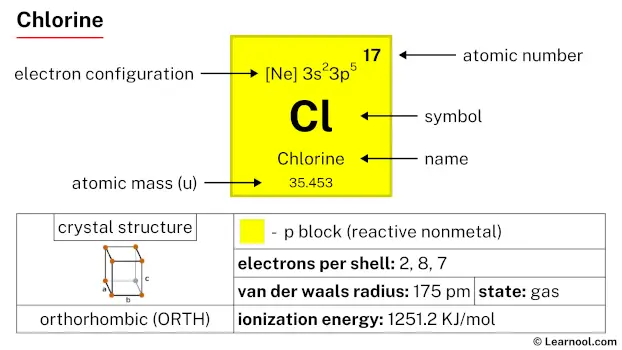 Chlorine |
18 Ar 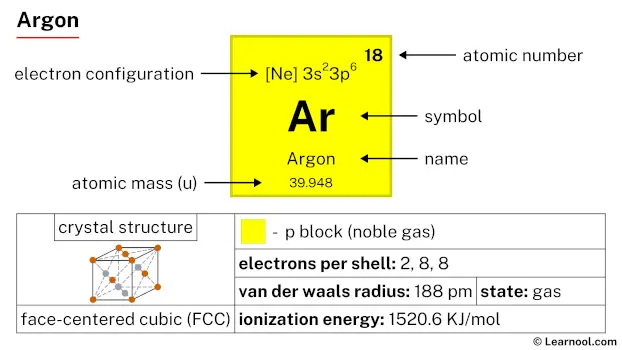 Argon |
|||||||||||
| 4 | 19 K 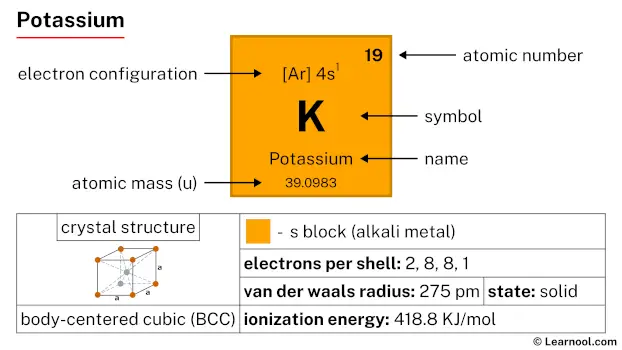 Potassium |
20 Ca 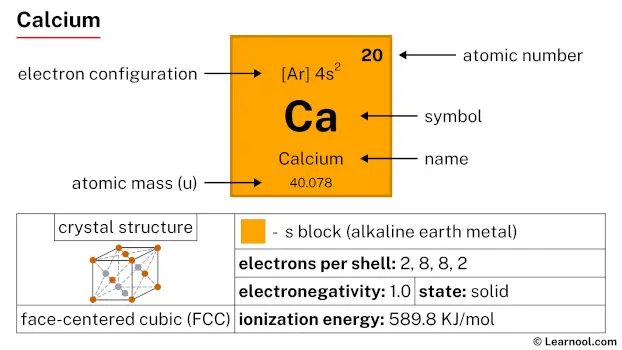 Calcium |
21 Sc 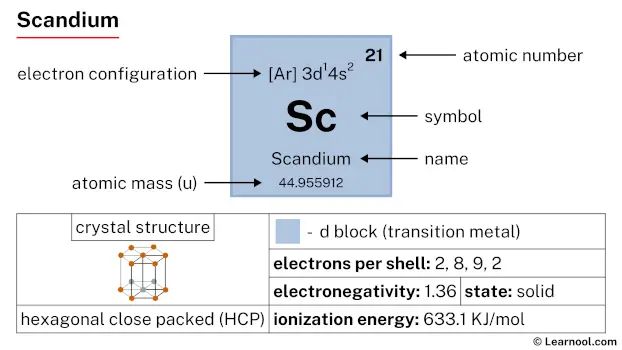 Scandium |
22 Ti 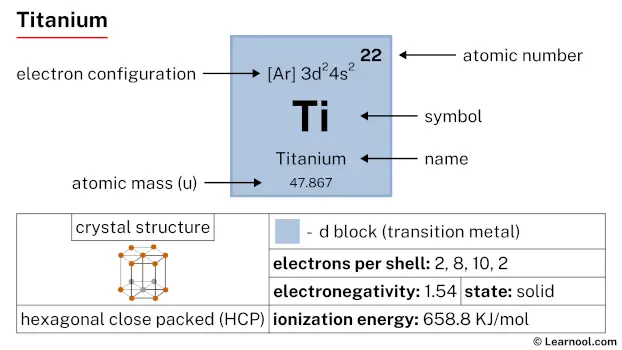 Titanium |
23 V 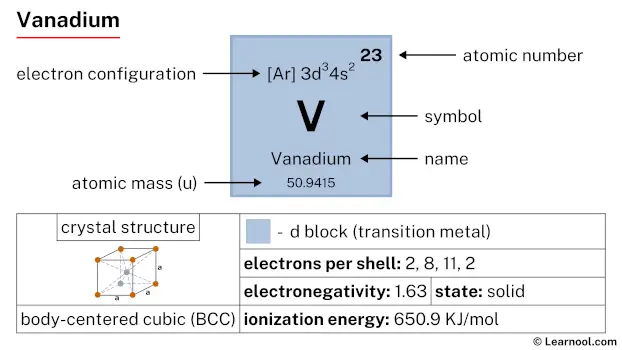 Vanadium |
24 Cr 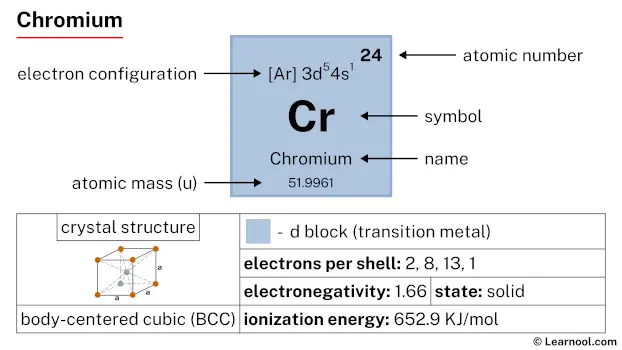 Chromium |
25 Mn 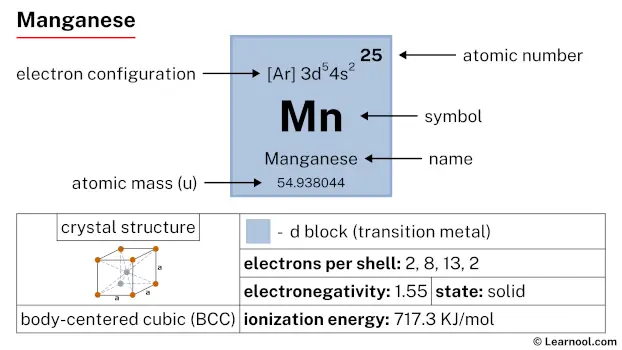 Manganese |
26 Fe 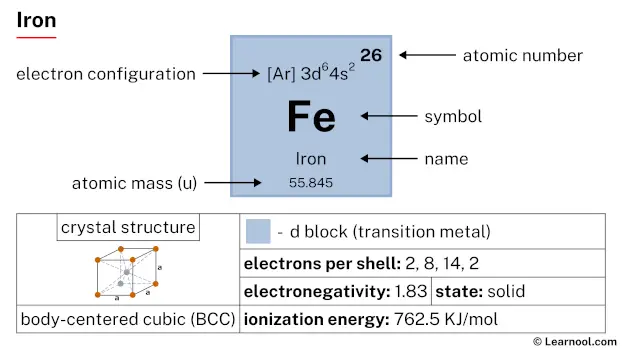 Iron |
27 Co 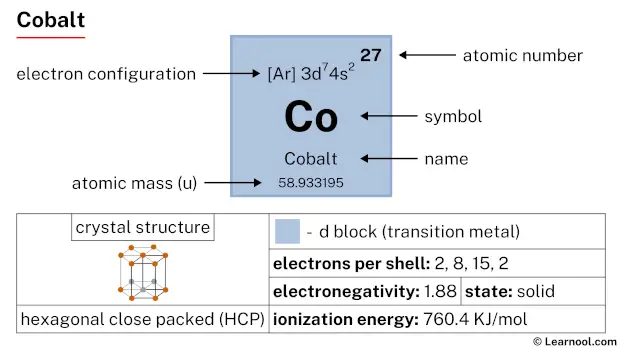 Cobalt |
28 Ni 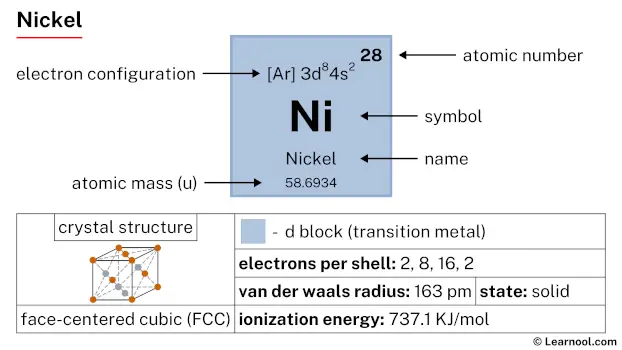 Nickel |
29 Cu 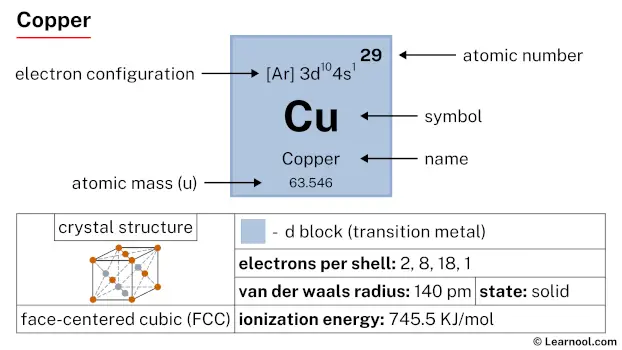 Copper |
30 Zn  Zinc |
31 Ga 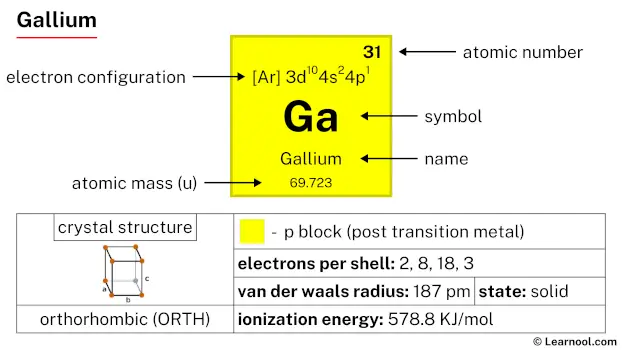 Gallium |
32 Ge 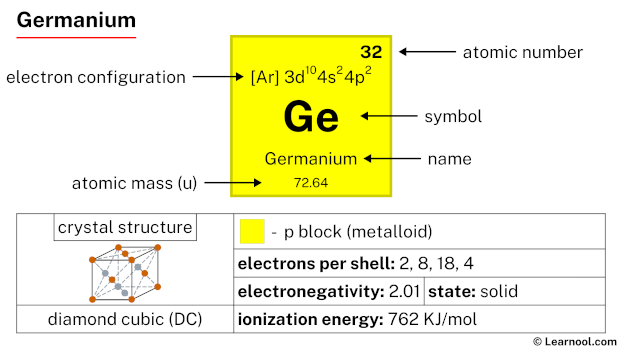 Germanium |
33 As 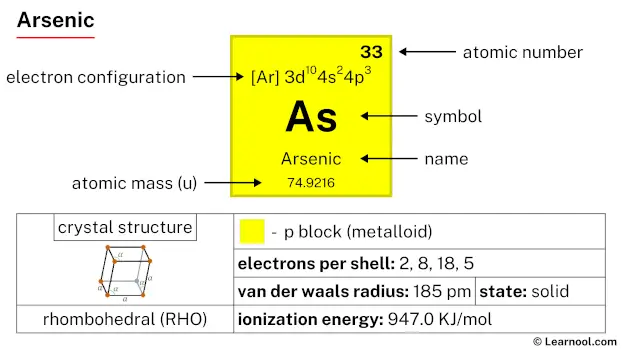 Arsenic |
34 Se 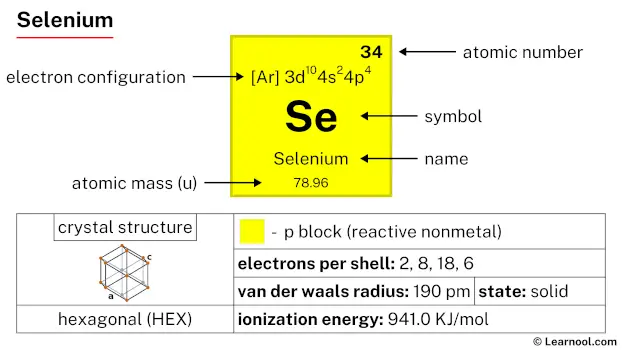 Selenium |
35 Br 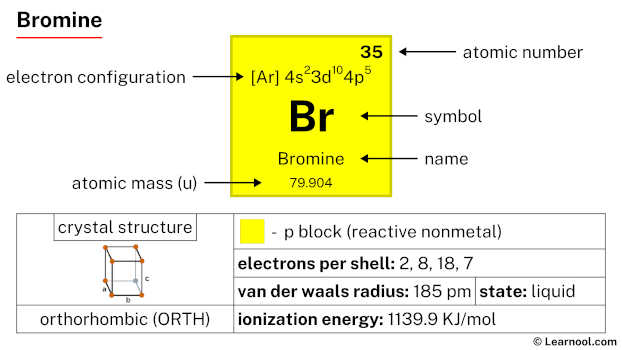 Bromine |
36 Kr  Krypton |
|
| 5 | 37 Rb 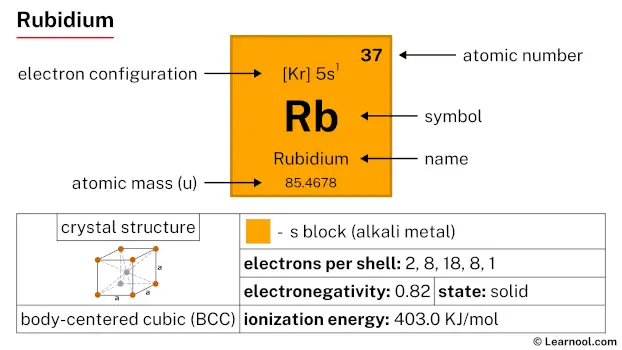 Rubidium |
38 Sr 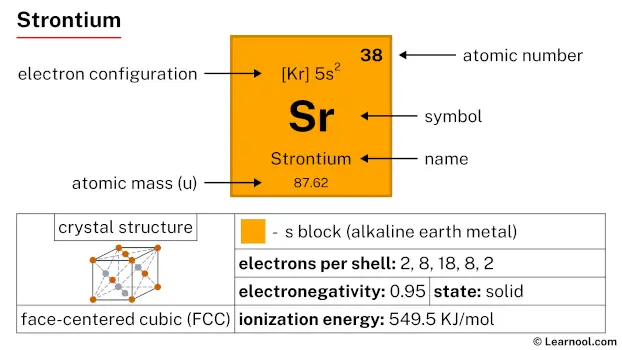 Strontium |
39 Y 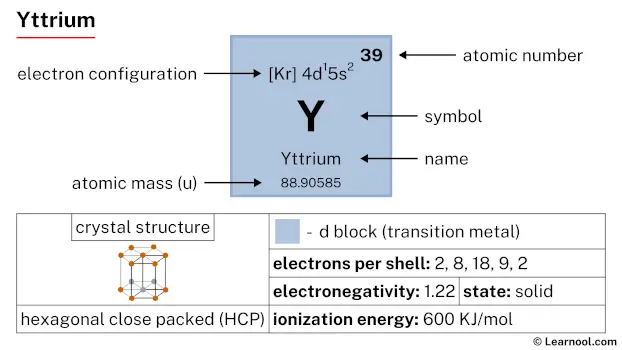 Yttrium |
40 Zr 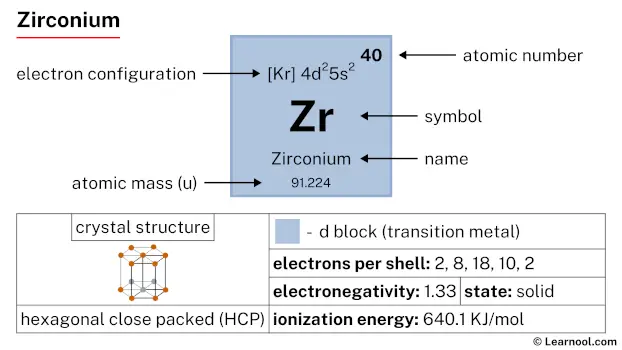 Zirconium |
41 Nb 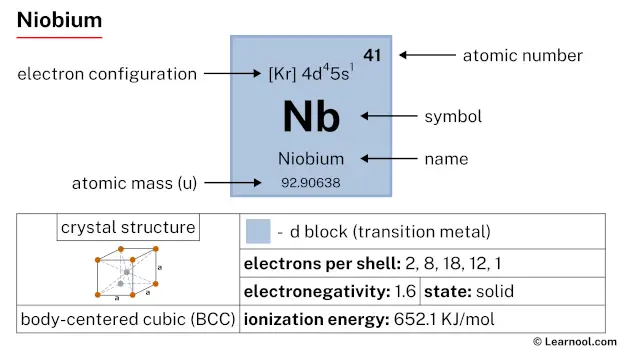 Niobium |
42 Mo 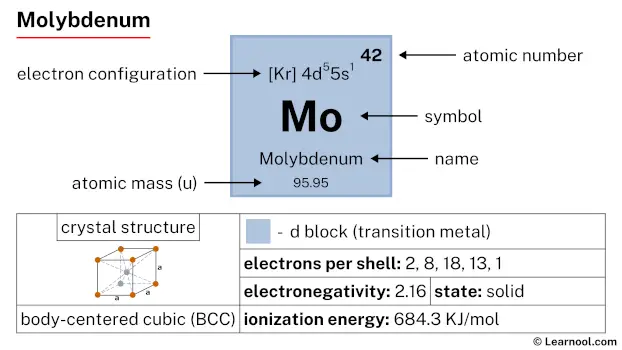 Molybdenum |
43 Tc 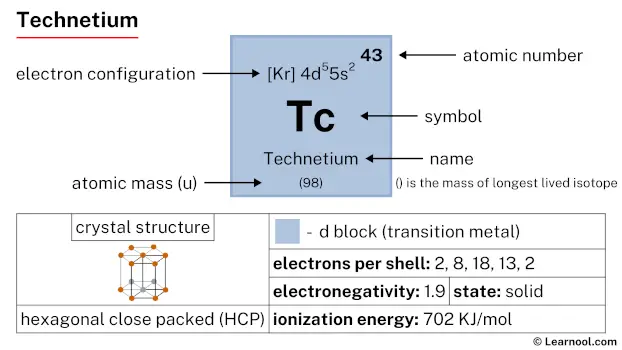 Technetium |
44 Ru 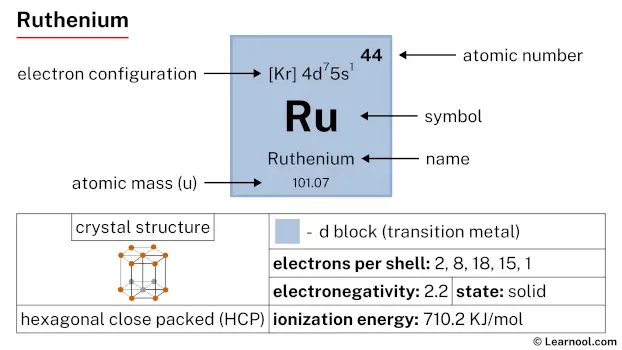 Ruthenium |
45 Rh Rhodium |
46 Pd  Palladium |
47 Ag  Silver |
48 Cd 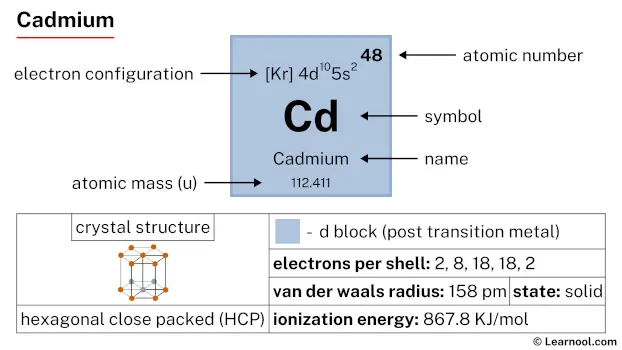 Cadmium |
49 In 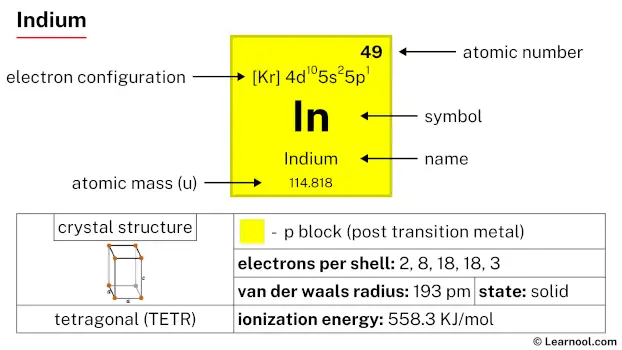 Indium |
50 Sn 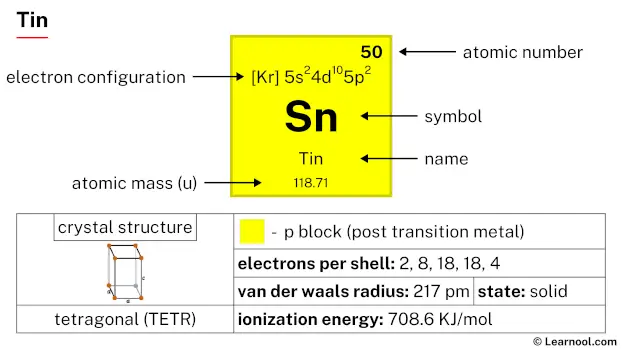 Tin |
51 Sb 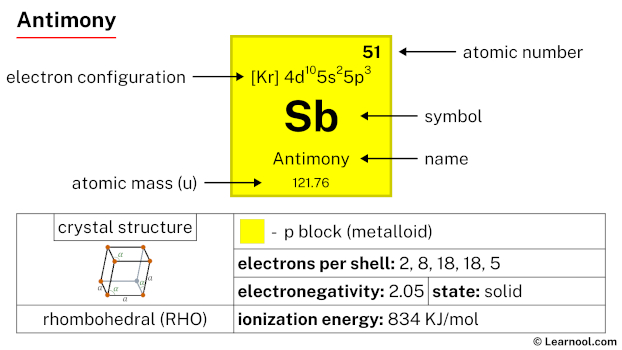 Antimony |
52 Te 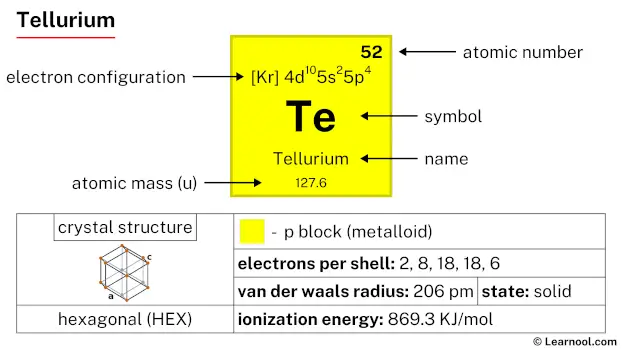 Tellurium |
53 I 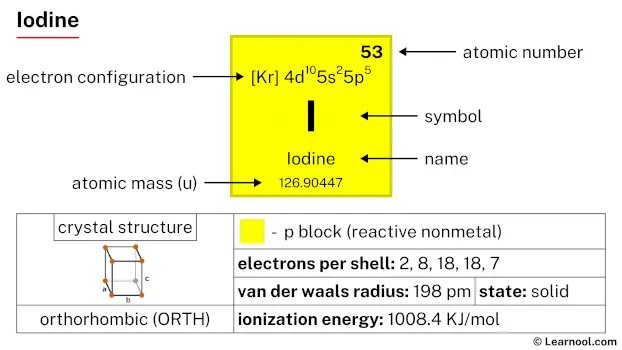 Iodine |
54 Xe 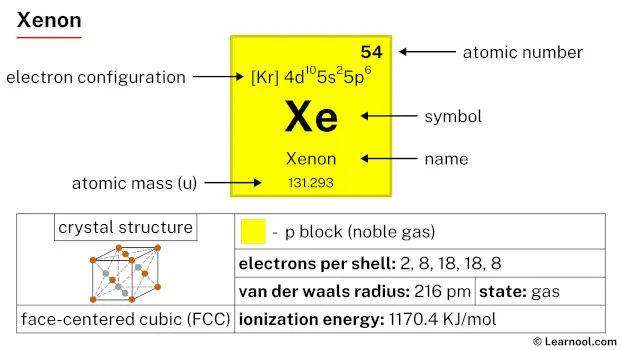 Xenon |
|
| 6 | 55 Cs 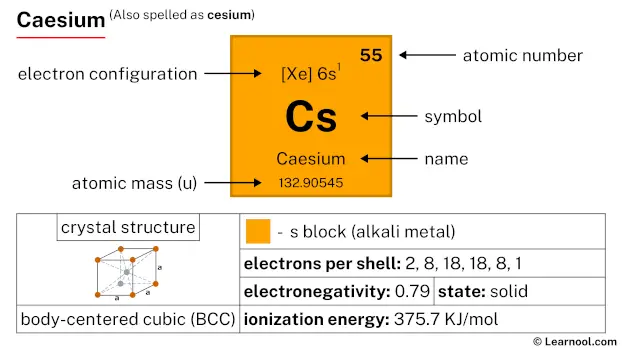 Caesium |
56 Ba 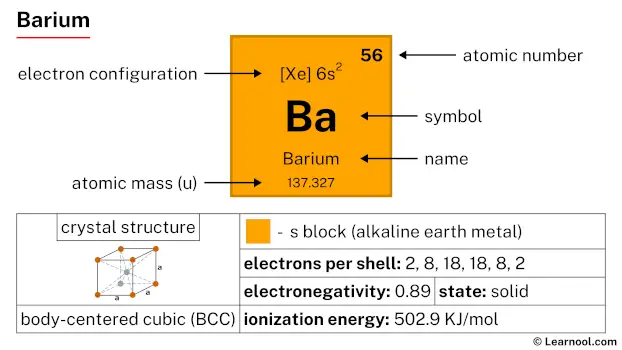 Barium |
72 Hf 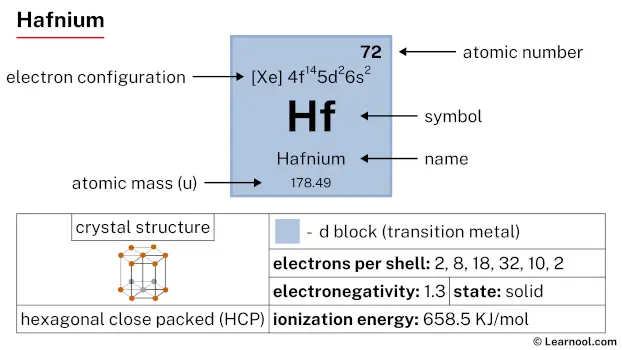 Hafnium |
73 Ta 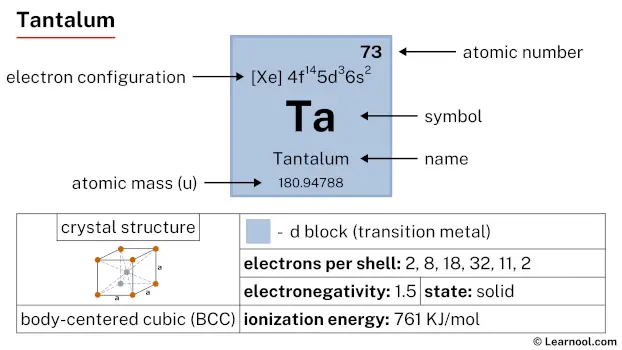 Tantalum |
74 W 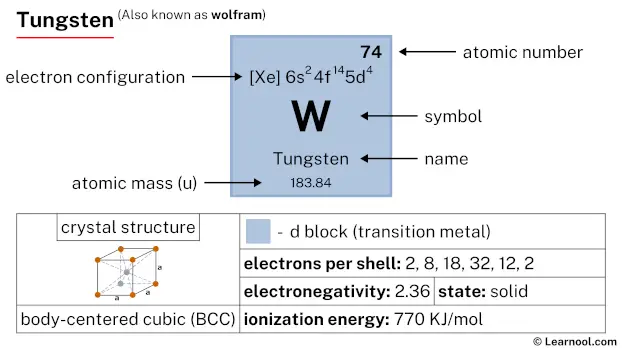 Tungsten |
75 Re 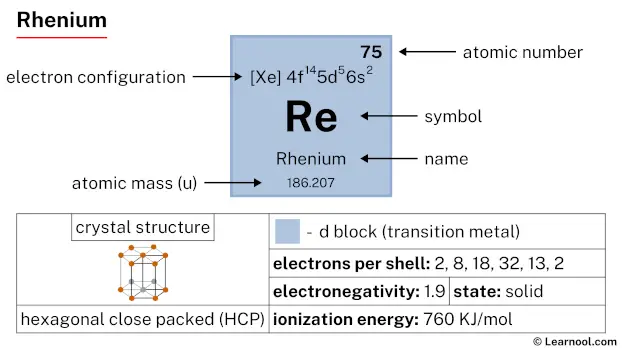 Rhenium |
76 Os 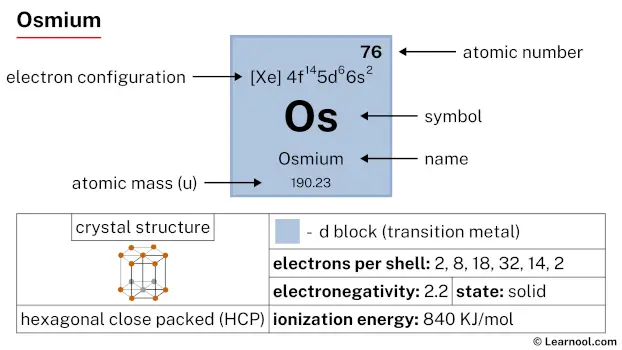 Osmium |
77 Ir 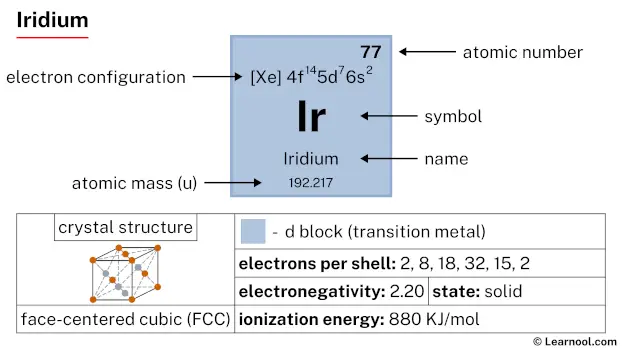 Iridium |
78 Pt  Platinum |
79 Au  Gold |
80 Hg 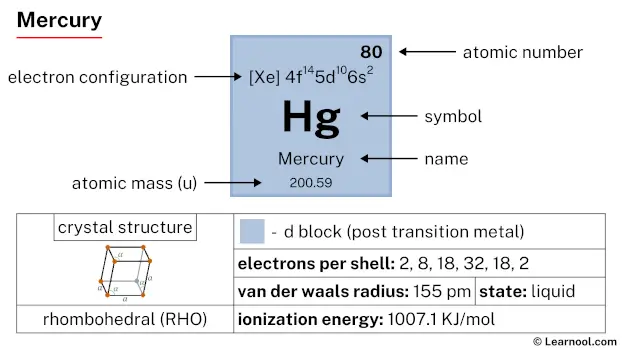 Mercury |
81 Tl 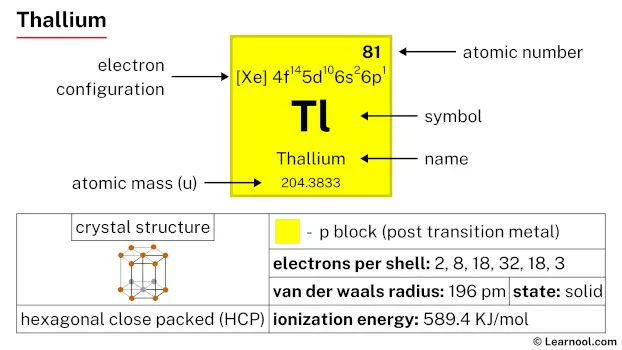 Thallium |
82 Pb  Lead |
83 Bi 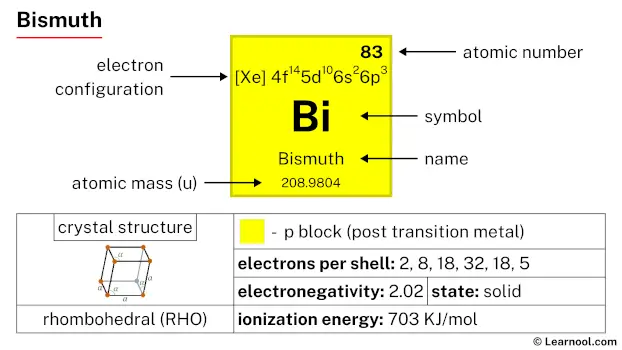 Bismuth |
84 Po 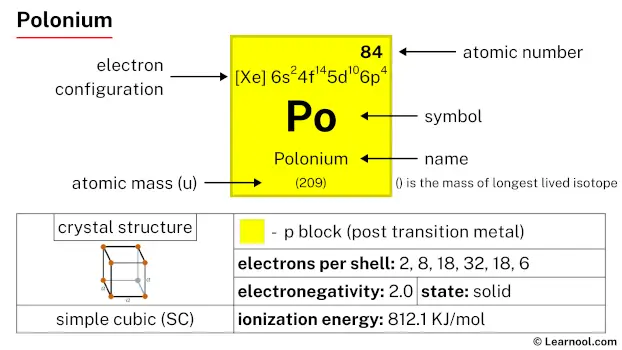 Polonium |
85 At 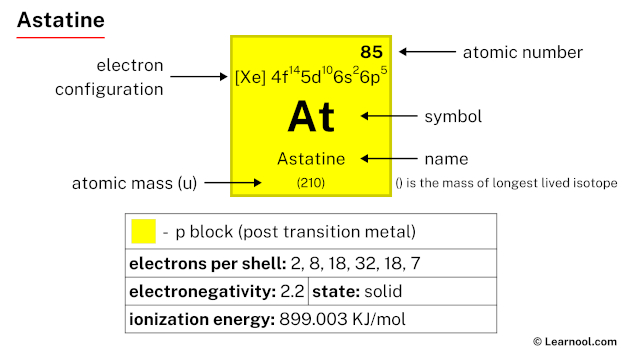 Astatine |
86 Rn 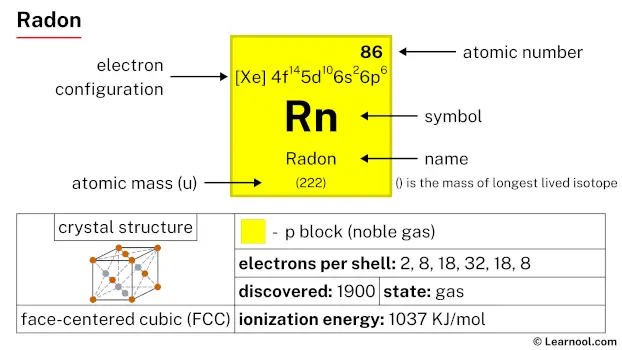 Radon |
||
| 7 | 87 Fr 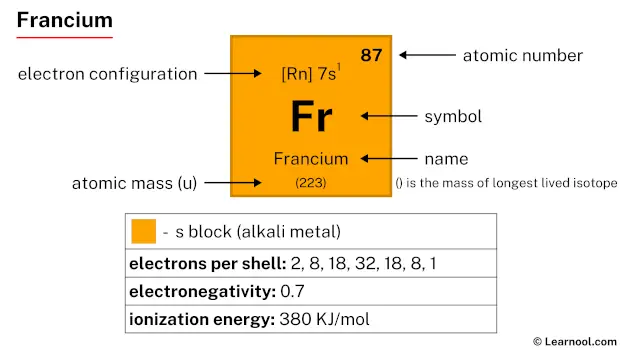 Francium |
88 Ra 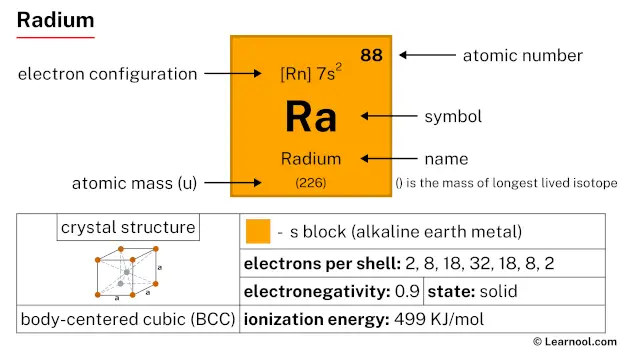 Radium |
104 Rf 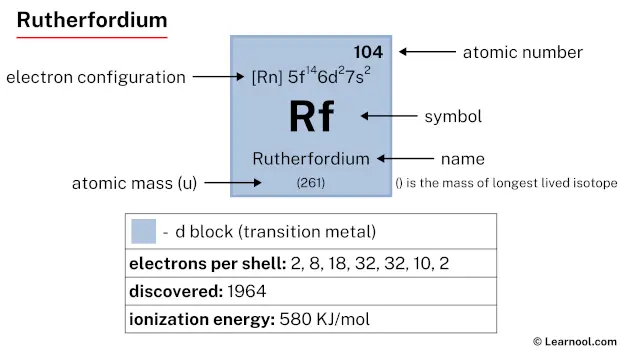 Rutherfordium |
105 Db 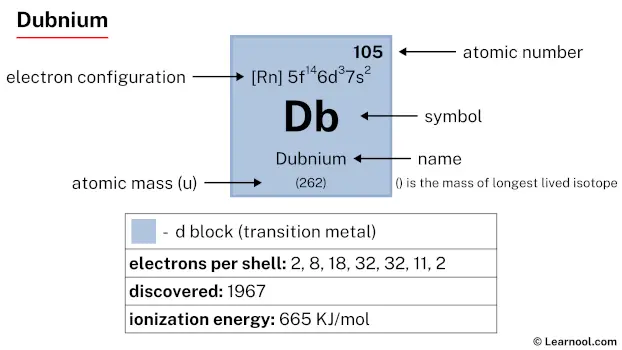 Dubnium |
106 Sg 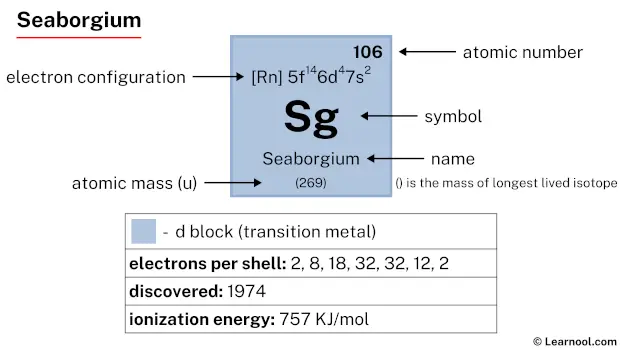 Seaborgium |
107 Bh 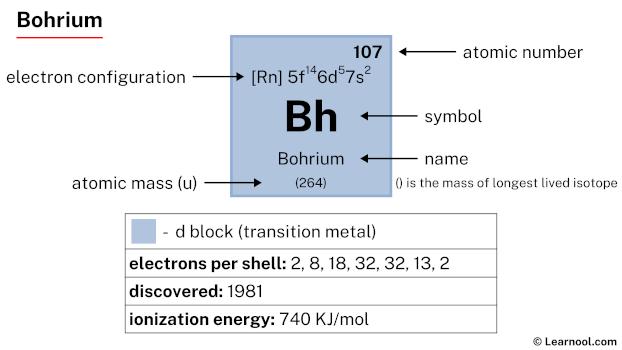 Bohrium |
108 Hs 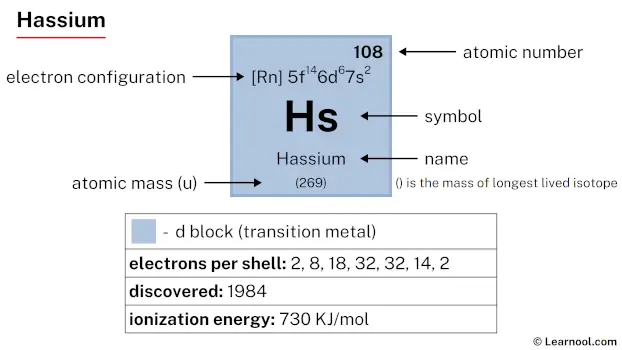 Hassium |
109 Mt 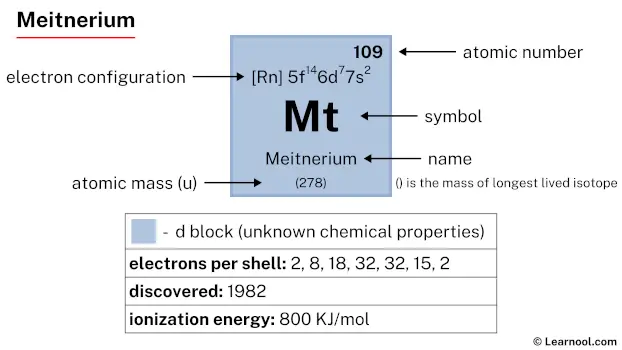 Meitnerium |
110 Ds 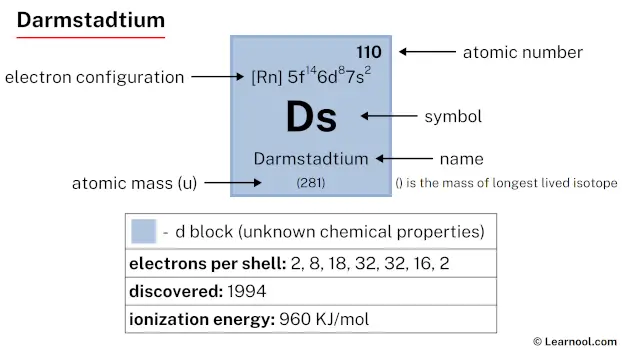 Darmstadtium |
111 Rg 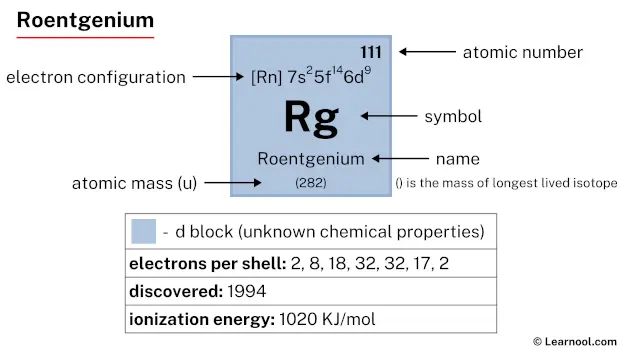 Roentgenium |
112 Cn  Copernicium |
113 Nh 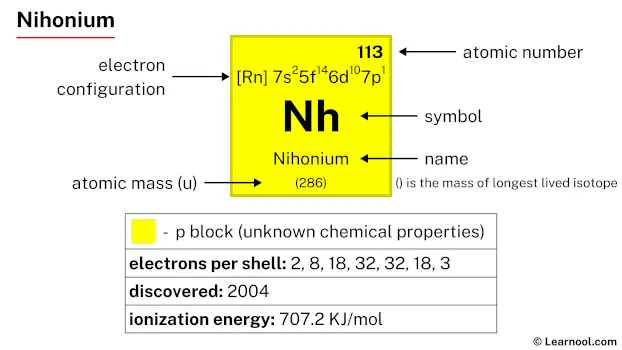 Nihonium |
114 Fl 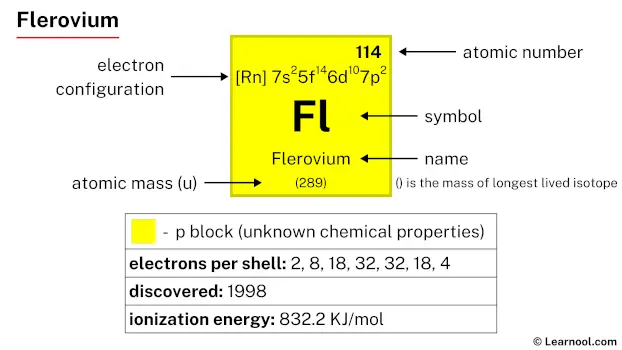 Flerovium |
115 Mc 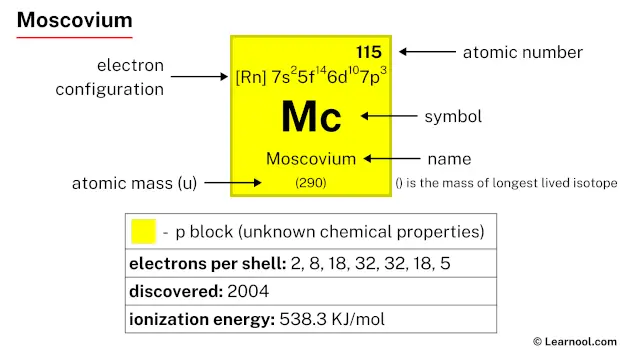 Moscovium |
116 Lv 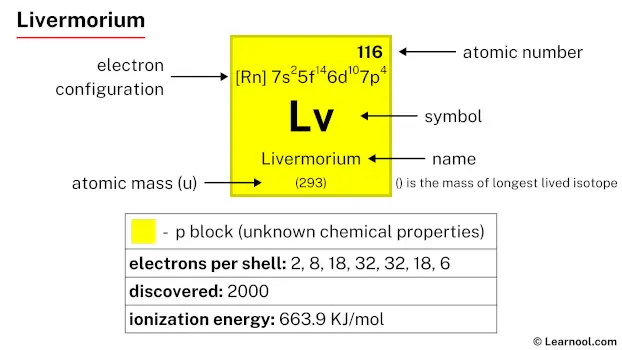 Livermorium |
117 Ts 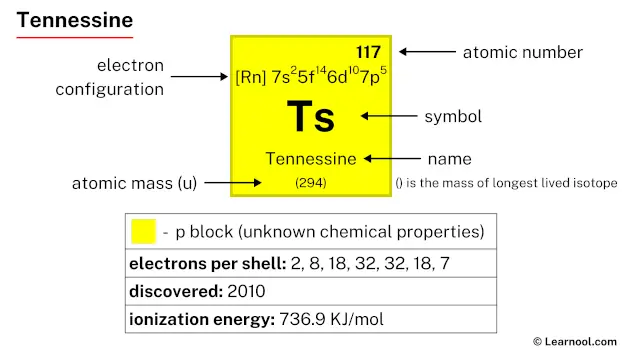 Tennessine |
118 Og 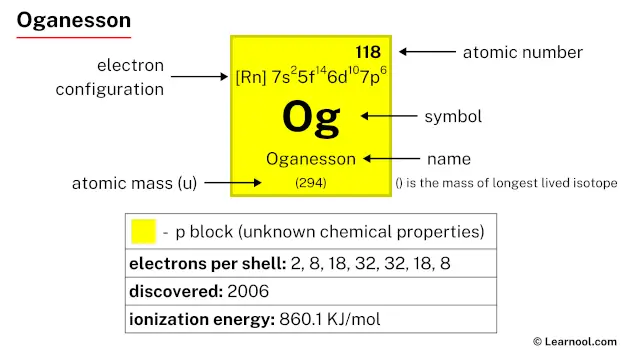 Oganesson |
||
| 57 La 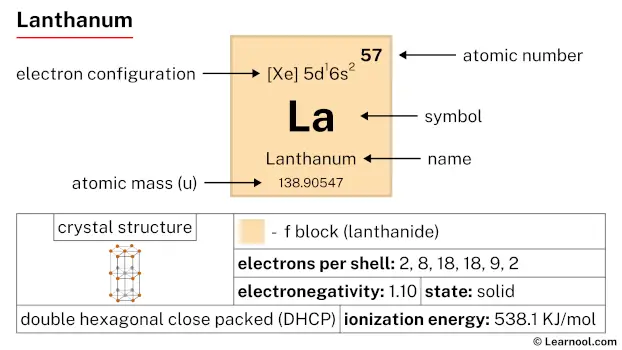 Lanthanum |
58 Ce 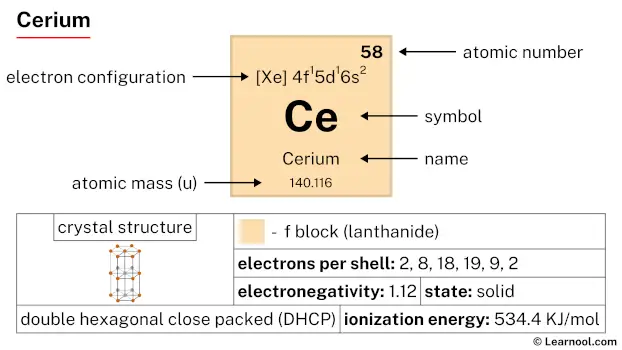 Cerium |
59 Pr 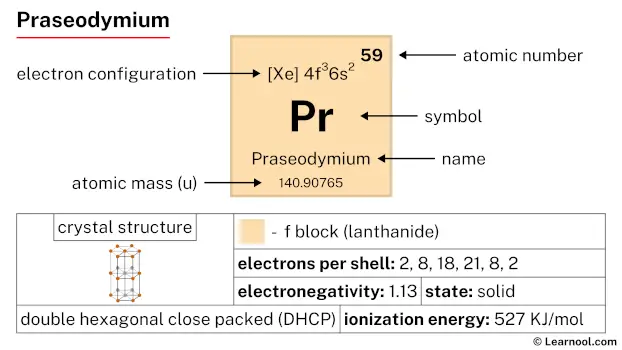 Praseodymium |
60 Nd 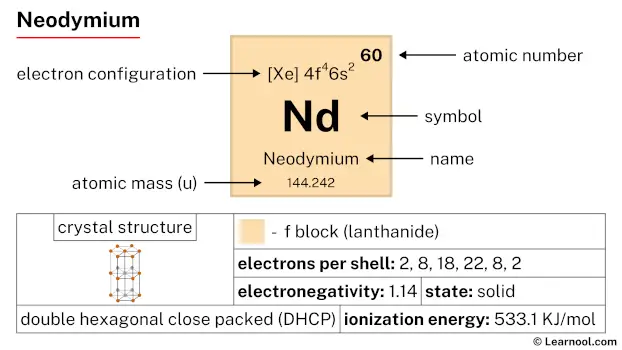 Neodymium |
61 Pm 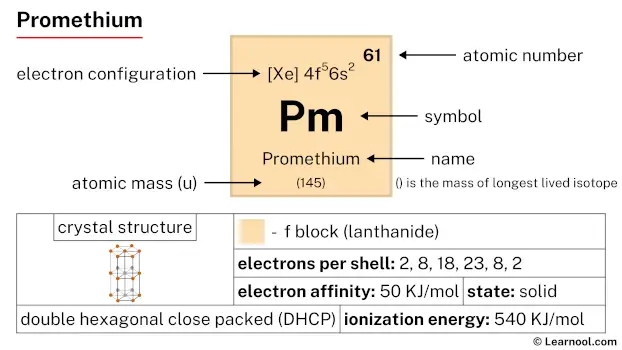 Promethium |
62 Sm 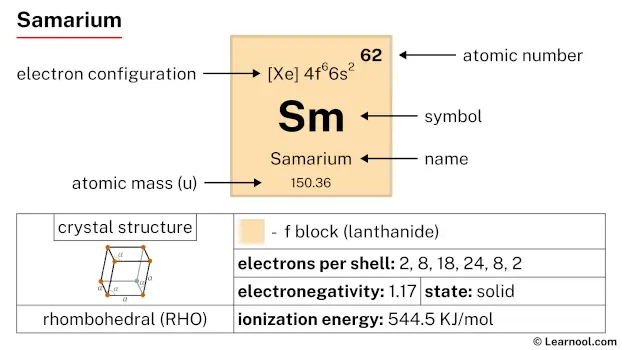 Samarium |
63 Eu 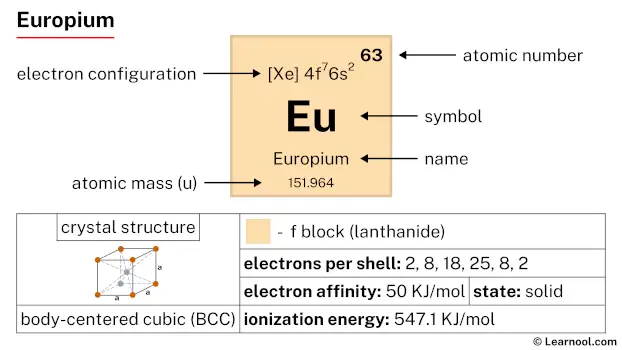 Europium |
64 Gd 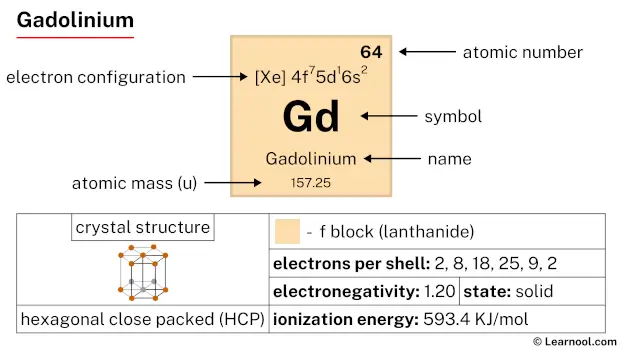 Gadolinium |
65 Tb 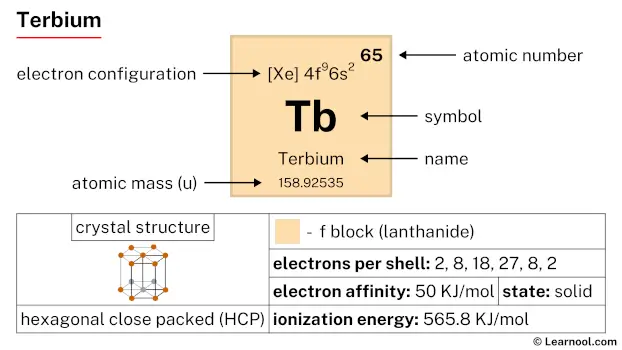 Terbium |
66 Dy 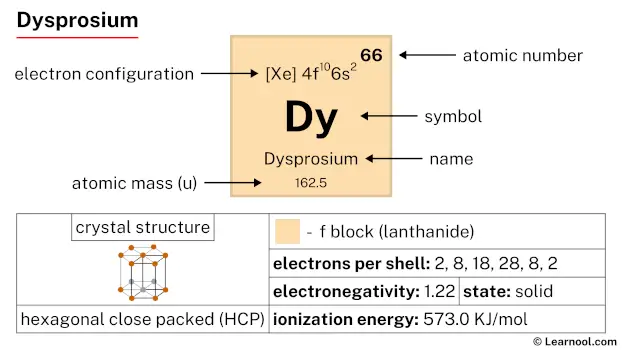 Dysprosium |
67 Ho 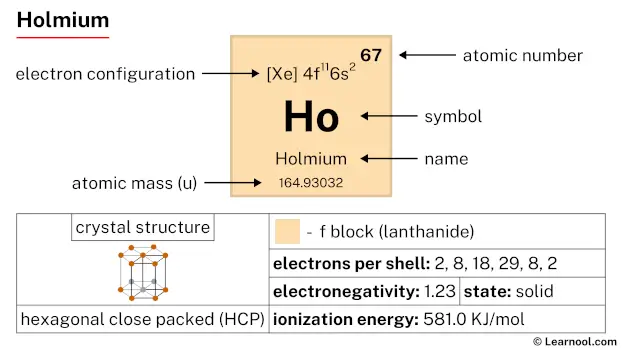 Holmium |
68 Er 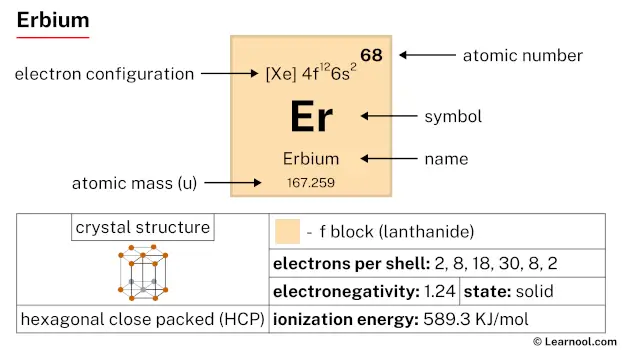 Erbium |
69 Tm 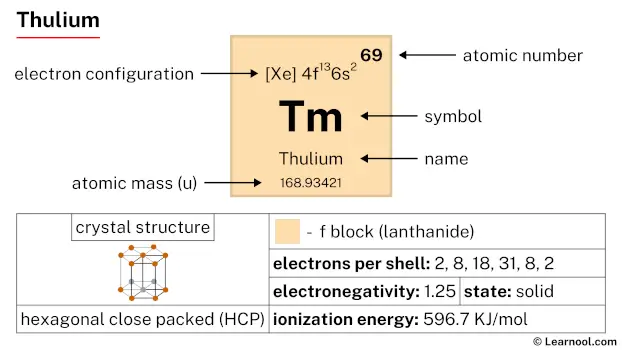 Thulium |
70 Yb 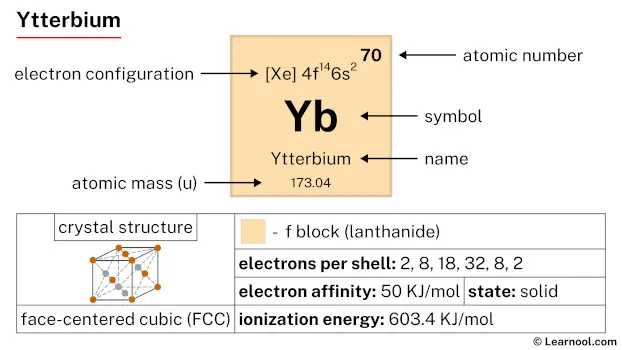 Ytterbium |
71 Lu 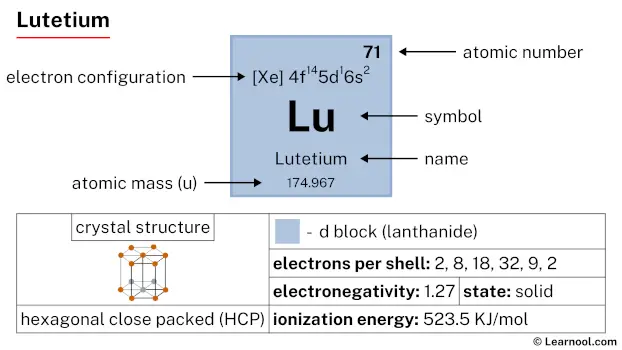 Lutetium |
|||||
| 89 Ac 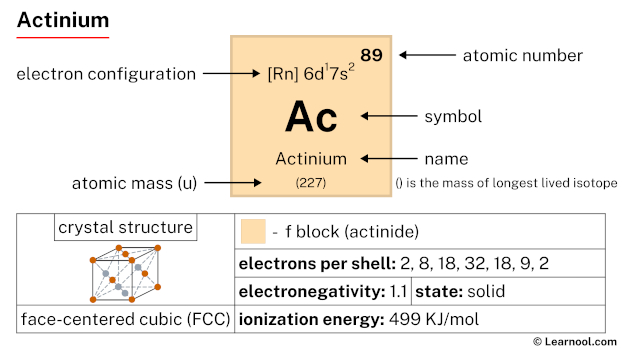 Actinium |
90 Th 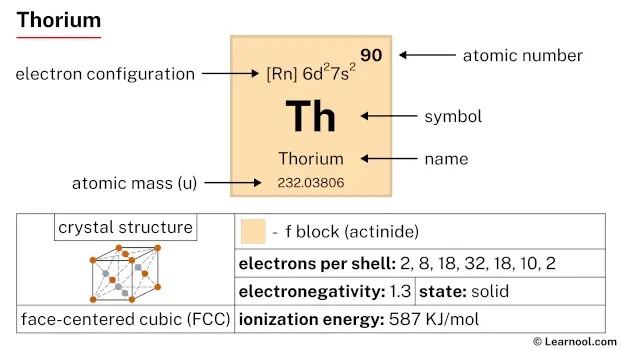 Thorium |
91 Pa 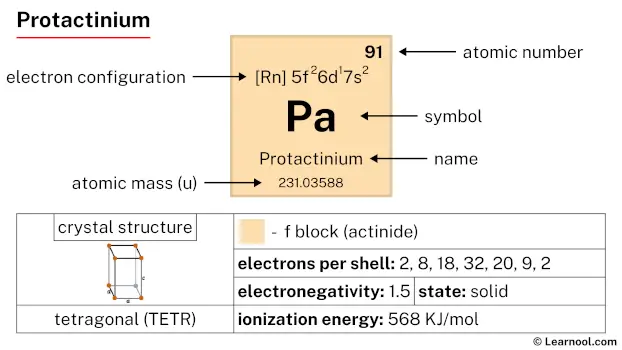 Protactinium |
92 U 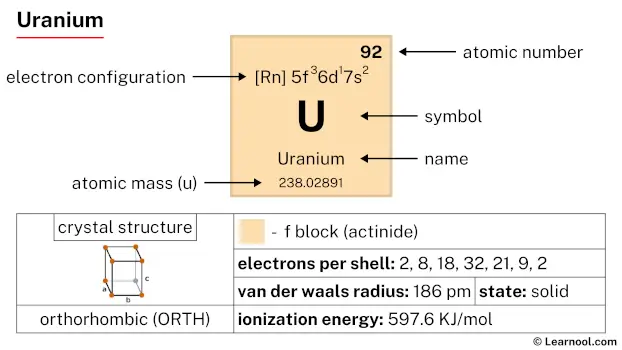 Uranium |
93 Np 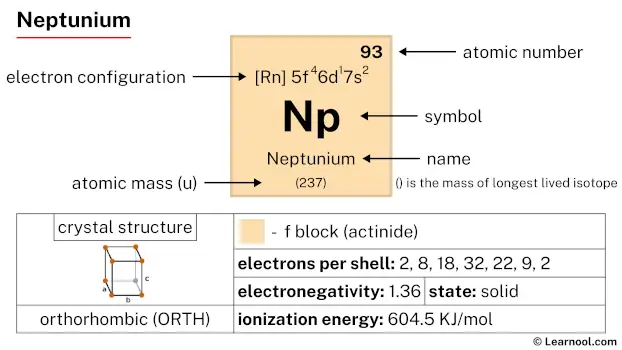 Neptunium |
94 Pu 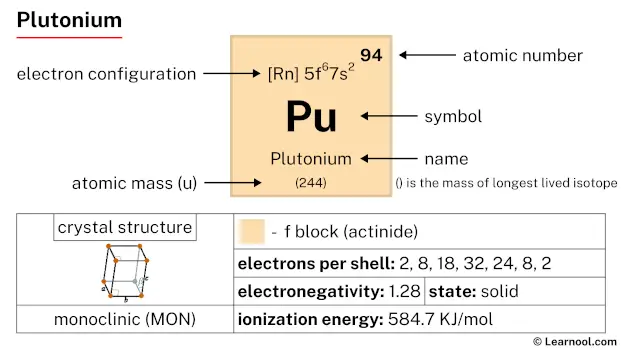 Plutonium |
95 Am  Americium |
96 Cm 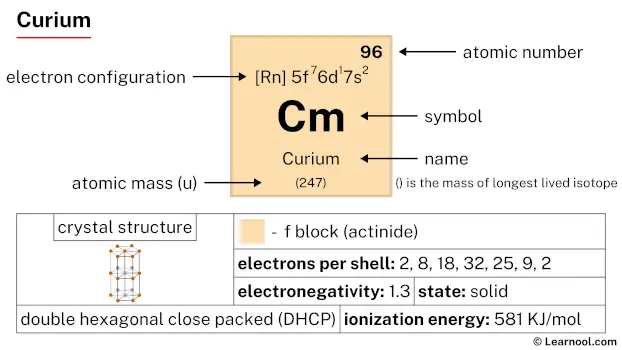 Curium |
97 Bk 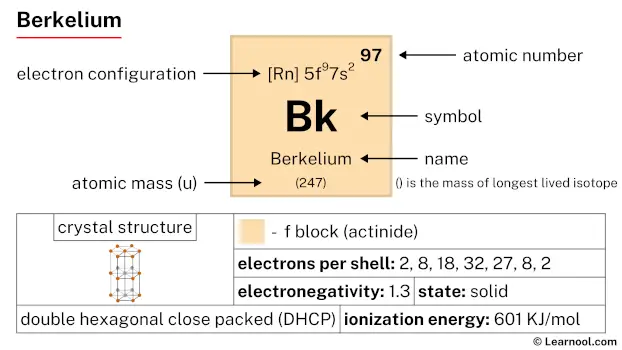 Berkelium |
98 Cf 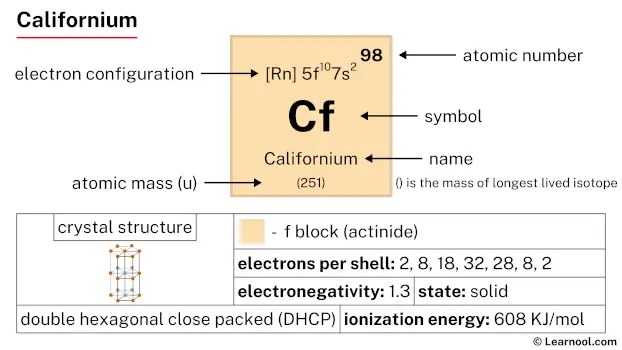 Californium |
99 Es 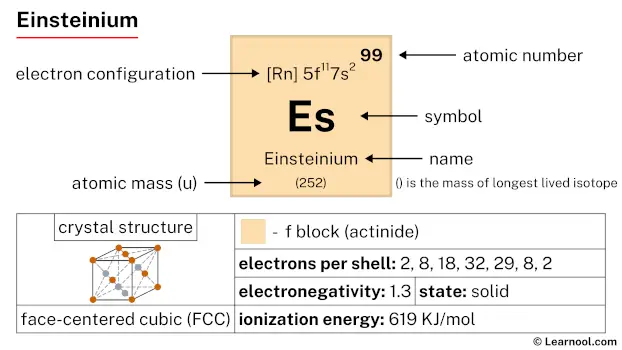 Einsteinium |
100 Fm 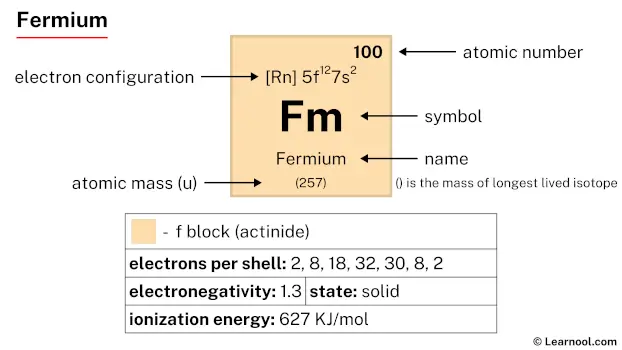 Fermium |
101 Md 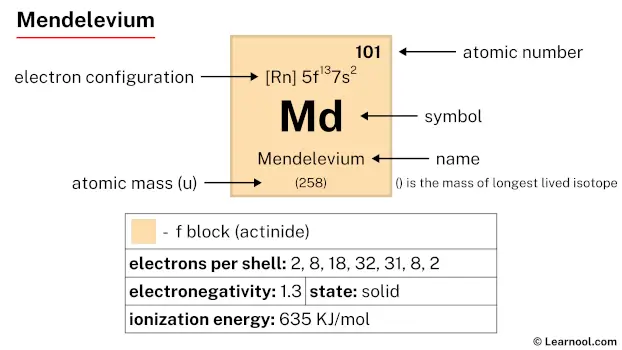 Mendelevium |
102 No 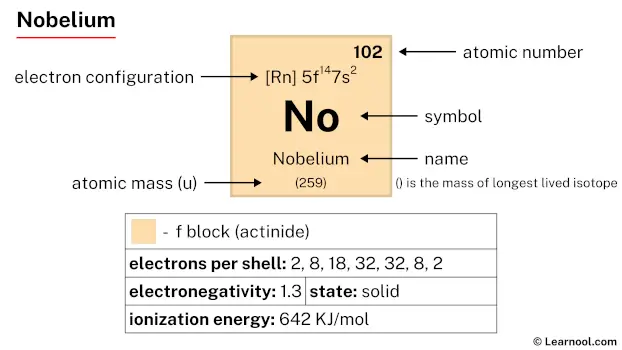 Nobelium |
103 Lr 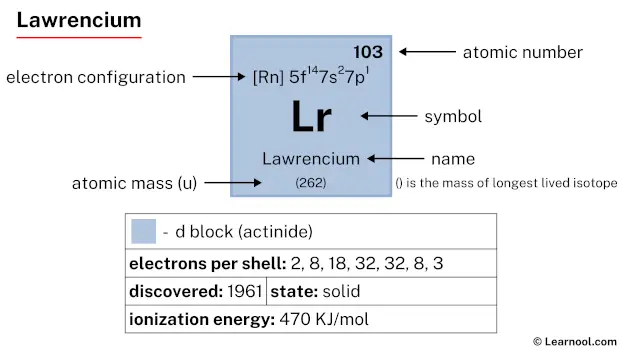 Lawrencium |
|||||
| – d block |
Rhodium is a d-block element, situated in the ninth column of the periodic table, between ruthenium (Ru) and palladium (Pd). It has the atomic number 45 and is denoted by the symbol Rh.
Element information
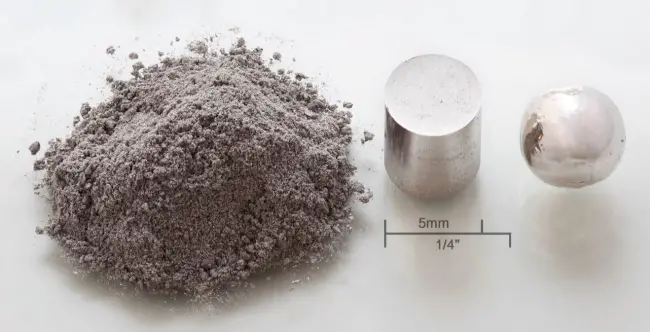 |
|
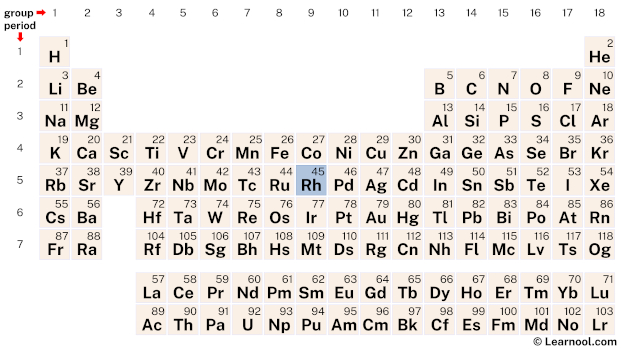 |
|
| Origin of name | Greek word “rhodon” (which means rose colored) |
| Symbol | Rh |
| Atomic number (Z) | 45 |
| Atomic mass | 102.9055 u |
| Block | d-block |
| Group | 9 |
| Period | 5 |
| Classification | Transition metal |
| Atomic radius | 134 pm |
| Covalent radius | 142±7 pm |
| Melting point | 1964 ℃, 3567 ℉, 2237 K |
| Boiling point | 3695 ℃, 6683 ℉, 3968 K |
| Electron configuration | [Kr] 4d8 5s1 |
| Electrons per shell | 2, 8, 18, 16, 1 |
| Crystal structure | Face-centered cubic (fcc) |
| Phase at r.t | Solid |
| Density near r.t | 12.41 g/cm3 |
| Main isotopes | Rhodium-103 |
| Natural occurrence | Primordial |
| Oxidation state | +3 |
| Electronegativity (Pauling scale) | 2.28 |
| Protons Neutrons Electrons |
45 58 45 |
| CAS number | 7440-16-6 |
| Discovered by | William Hyde Wollaston in 1804 |
History

Rhodium was discovered in 1803 by William Hyde Wollaston shortly after his discovery of palladium. Wollaston dissolved crude platinum in aqua regia, neutralized the solution with sodium hydroxide, and precipitated the platinum with ammonium chloride. He then treated the remaining solution with mercury, which formed an amalgam with the rhodium. Upon heating, the mercury was driven off, leaving the pure rhodium metal behind.
Wollaston named the element after the rose-red color of its salts, from the Greek word “rhodon,” meaning rose. It wasn’t until nearly 50 years later, in 1856, that pure rhodium was first isolated by the chemist Hillebrand. Since its discovery, rhodium has become an important element in various fields, including automotive catalytic converters, jewelry, and electronics.
Occurrence and production
Rhodium is a rare and precious metal that is found in the Earth’s crust at a very low concentration of 0.001 ppm. It is primarily obtained as a byproduct of mining for other metals such as platinum and nickel. The largest reserves of rhodium are found in South Africa, followed by Russia and Canada.
Rhodium production is mainly concentrated in South Africa, which accounts for approximately 80% of the world’s supply. The metal is extracted from ores through a process of froth flotation, followed by smelting and refining. In addition to mining, rhodium can also be produced through recycling of materials containing the metal, such as used catalytic converters.
Properties
Rhodium is a silvery-white hard and durable transition metal, with a high reflectivity and resistance to corrosion and tarnish.
Rhodium has a high melting point of 1964 ℃ and boiling point of 3695 ℃, making it useful in high-temperature applications.
It is one of the rarest precious metals, and is found in the Earth’s crust at a concentration of about 0.001 ppm.
Rhodium is a member of the platinum group of metals, and is usually extracted from platinum ores along with other metals like palladium and platinum.
It has high electrical and thermal conductivity, making it useful in electrical contacts and as a catalyst in the production of nitric acid.
Rhodium is also used in jewelry and as a coating for other metals to increase their durability and resistance to corrosion.
Applications
One of the most important uses of rhodium is in catalytic converters for automobiles. Rhodium is a key component in the catalytic process that reduces harmful emissions from gasoline engines. It is also used in the chemical industry as a catalyst for various chemical reactions, such as the production of acetic acid.
Another important use of rhodium is in jewelry making. Due to its lustrous, silvery-white color and resistance to tarnishing, rhodium is often used as a coating for white gold, silver, and platinum jewelry. It is also used as a coating on mirrors and other reflective surfaces to increase their reflectivity and resistance to tarnishing.
Rhodium is also used in electrical contacts due to its high electrical conductivity and resistance to corrosion. It is used in the aerospace industry for electrical contacts in satellites and other spacecraft. Additionally, rhodium is used in laboratory equipment such as crucibles and thermocouples.
Finally, rhodium is used in nuclear reactors as a neutron absorber due to its high cross-section for neutron capture. It is also used in certain types of radiation detectors, such as those used in X-ray fluorescence analysis.
Interesting facts
Rhodium is the rarest and most expensive precious metal on Earth, even more so than gold and platinum.
It is one of the densest metals, with a density of 12.41 g/cm3.
Rhodium is extremely resistant to corrosion and is used to plate other metals to improve their durability and resistance to wear.
The first use of rhodium in jewelry was in 1936 when the British royal jeweler Cartier created a tiara for Queen Elizabeth Ⅱ using rhodium-plated gold and platinum.
It is a popular catalyst in various chemical reactions, including the production of nitric acid and the reduction of nitrogen oxides in catalytic converters.
Rhodium has potential applications in electronics and nanotechnology due to its unique optical, electrical, and magnetic properties.
In its natural state, rhodium is not toxic, but some of its compounds, such as rhodium chloride, can be harmful if ingested or inhaled.
Related
More elements
External links
- https://www.rsc.org/periodic-table/element/45/rhodium
- https://en.wikipedia.org/wiki/Rhodium
- https://www.britannica.com/science/rhodium
- https://www.livescience.com/36988-rhodium.html
- https://pubchem.ncbi.nlm.nih.gov/element/Rhodium
- https://www.chemicool.com/elements/rhodium.html
- https://education.jlab.org/itselemental/ele045.html
- https://chemistrytalk.org/rhodium-element/
Deep
Learnool.com was founded by Deep Rana, who is a mechanical engineer by profession and a blogger by passion. He has a good conceptual knowledge on different educational topics and he provides the same on this website. He loves to learn something new everyday and believes that the best utilization of free time is developing a new skill.
